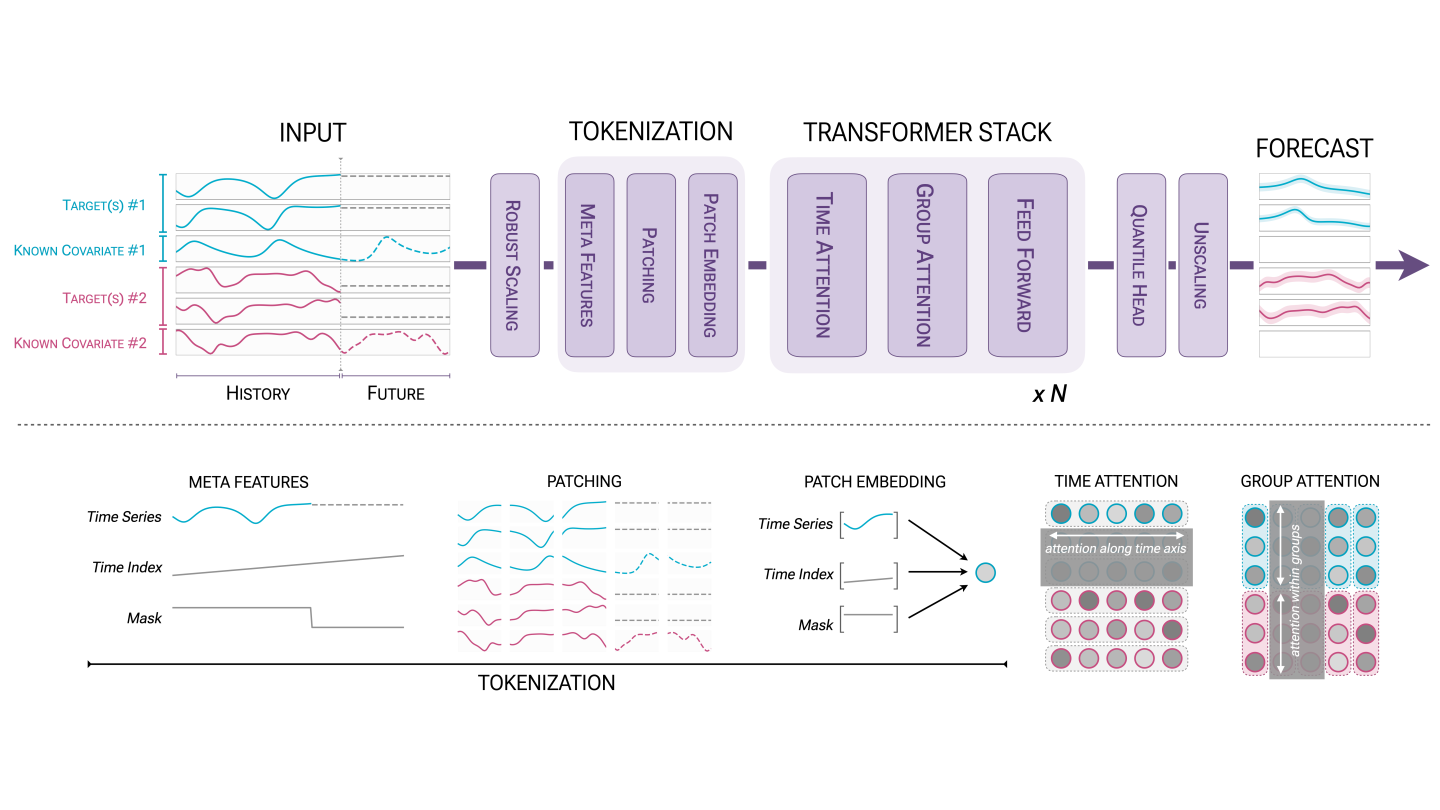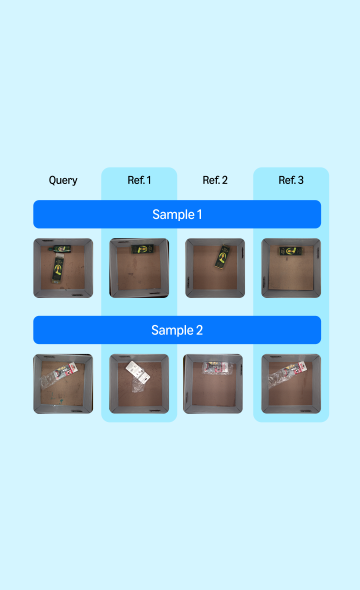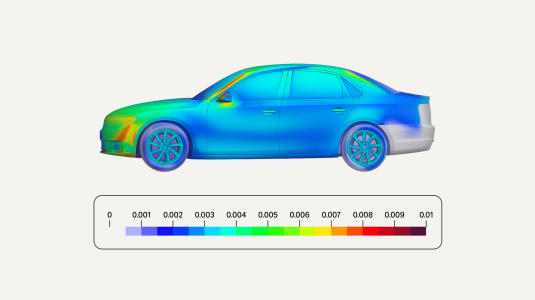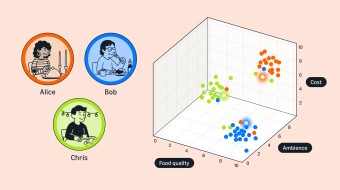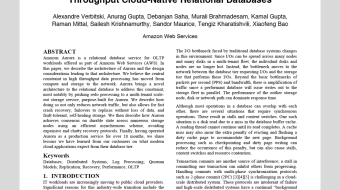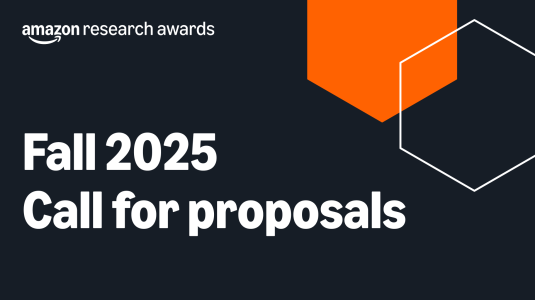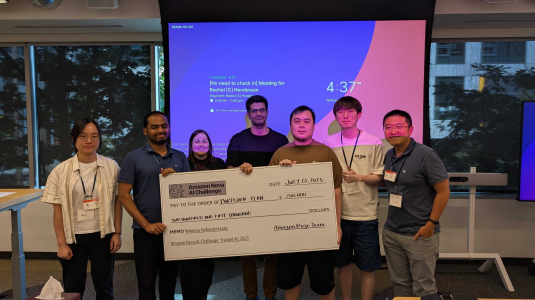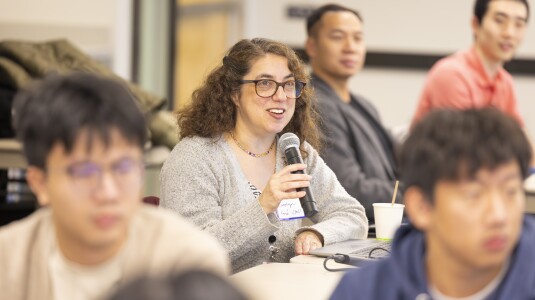Customer-obsessed science


Research areas
-
September 26, 2025To transform scientific domains, foundation models will require physical-constraint satisfaction, uncertainty quantification, and specialized forecasting techniques that overcome data scarcity while maintaining scientific rigor.
-
Featured news
-
2025Providing Language Models (LMs) with relevant evidence in the context (either via retrieval or user-provided) can significantly improve their ability to provide better-grounded responses. However, recent studies have found that LMs often struggle to fully comprehend and utilize key evidence from the context, especially when it contains noise and irrelevant information—an issue common in real-world scenarios
-
2025Speech foundation models achieve strong generalization across languages and acoustic conditions, but require significant computational resources for inference. In the context of speech foundation models, pruning techniques have been studied that dynamically optimize model structures based on the target audio leveraging external context. In this work, we extend this line of research and propose context-driven
-
2025Large Language Models (LLMs) have seen widespread adoption due to their remarkable natural language capabilities. However, when deploying them in real-world settings, it is important to align LLMs to generate texts according to acceptable human standards. Methods such as Proximal Policy Optimization (PPO) and Direct Preference Optimization (DPO) have enabled significant progress in refining LLMs using human
-
2025As large language models (LLMs) become increasingly versatile, numerous large scale benchmarks have been developed to thoroughly assess their capabilities. These benchmarks typically consist of diverse datasets and prompts to evaluate different aspects of LLM performance. However, comprehensive evaluations on hundreds or thousands of prompts incur tremendous costs in terms of computation, money, and time
-
2025In this paper, we study the problem of estimation and learning under temporal distribution shift. Consider an observation sequence of length n, which is a noisy realization of a time-varying ground-truth sequence. Our focus is to develop methods to estimate the ground-truth at the final time-step while providing sharp point-wise estimation error rates. We show that, without prior knowledge on the level
Conferences
Collaborations
View allWhether you're a faculty member or student, there are number of ways you can engage with Amazon.
View all















